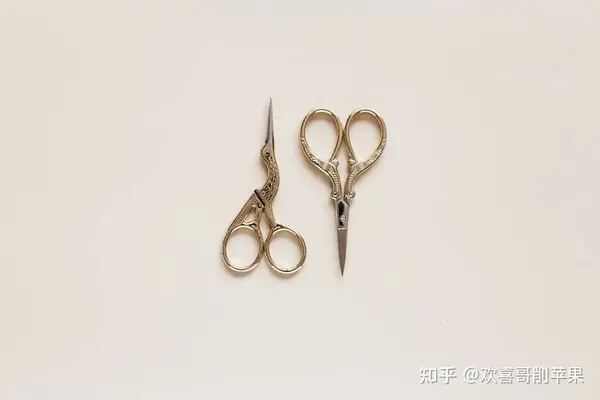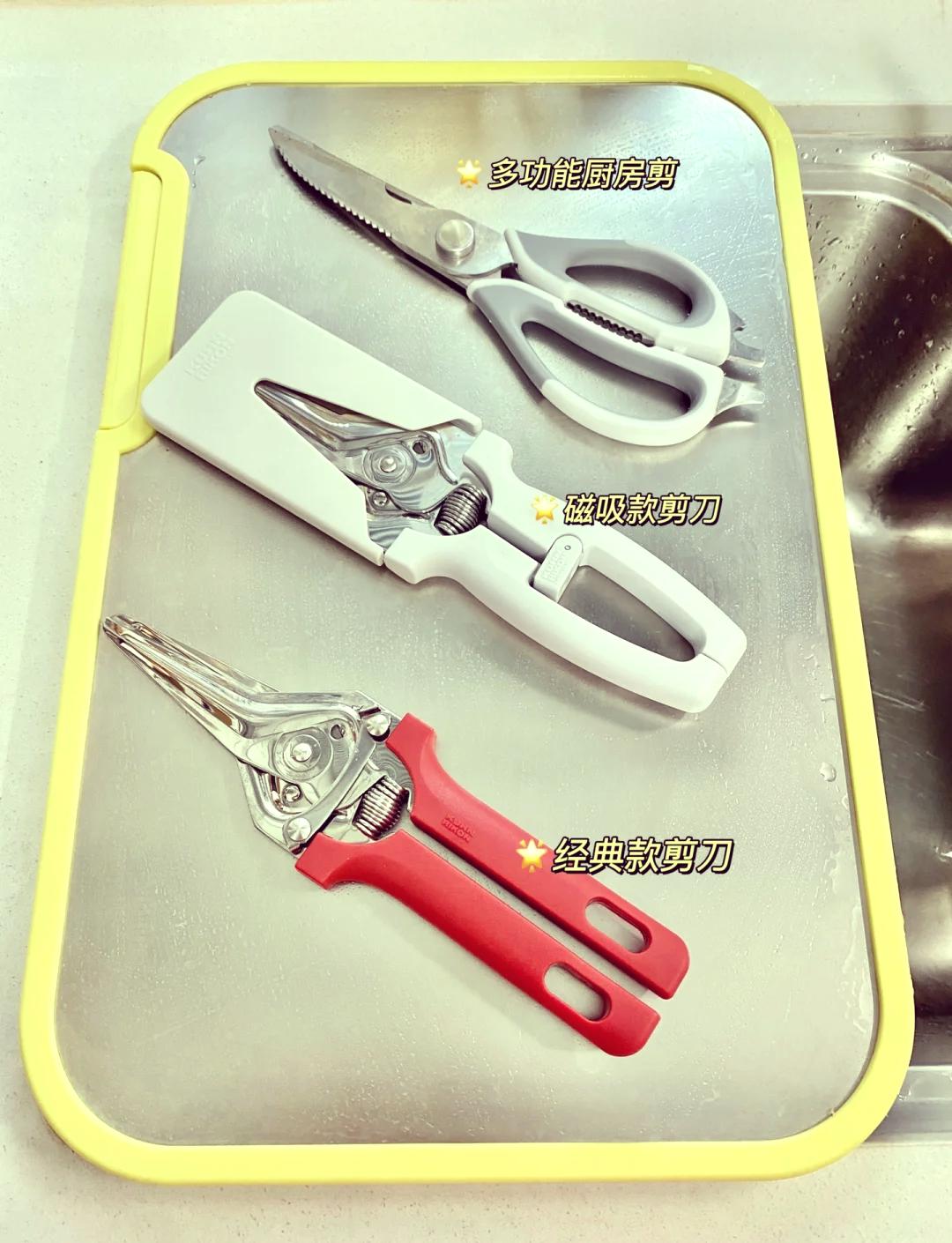A complete guide to choosing scissors, you still have some questions about the quality of scissors!
As a traditional tool, there are certainly many time-honored brands. The Chinese are most familiar with "Northern King Nanzhang",
That is to say, "Wang Mazi" in Beijing and "Zhang Xiaoquan" in Hangzhou.
Zhang Xiaoquan Scissors is known for its "300 year history and 300 year reputation" and is hailed as the "crown of scissors".

1、 The principle and function of scissors
Archimedes' statement "Give me a fulcrum, and I will move the earth" vividly expresses the magical effect of the lever principle.
The emergence of various scissors is a clever application of the principle of leverage: setting the fulcrum (intersection point),
Design the distance between the handshake and the blade, with the blade length being a labor-intensive lever, the blade length being a labor-saving lever, and the same length being an equal arm lever.
Household scissors are generally equipped with equal arm levers, and due to their versatility, the grip and blade are usually of equal length,
But when in use, it can be turned into a labor-saving lever by using the root of the blade.
Kitchen scissors, with a long handshake and a short blade, are designed as labor-saving levers.
Hair cutting and fabric cutting use scissors, with long blades and short handshake points, which are laborious levers.
Clever design, convenient application of force, and tailored to create a satisfying and varied lifestyle.
In addition to the application of the lever principle, various details in the scissor forging process are also key to achieving its functionality.
2、 The material and craftsmanship of scissors
The fusion of steel and iron, the tempering of water and fire
Scissors generally have more than thirty processes, including material selection, steel pressing, forging, quenching, bending adjustment, opening, grinding and shearing.
In the forging process, 80% iron and 20% steel need to be blended together, and steel is clearly the foundation of a sharp and durable pair of scissors.
It is widely known that steel is harder than iron, but this is not accurate. The fundamental difference between the two lies in their carbon content.
Generally, iron with a carbon content less than 0.2% is called wrought iron or pure iron, while iron with a carbon content between 0.2-1.7% is called steel,
Iron with a content above 1.7% is called pig iron. Wrought iron is soft, has good plasticity, is easy to deform, has low strength and hardness, and is not widely used;
Pig iron contains a lot of carbon, is hard and brittle, and has almost no plasticity; Steel has two advantages: pig iron and wrought iron, and is widely used by humans.
In the process of making scissors, steel is sharp but easy to fold, while iron is tough but not sharp enough.
So in order to organically combine steel and iron, with steel as the blade and iron as the body, this process requires repeated forging and quenching.
Quenching is an important step in scissor forging, which heats steel to a temperature above the critical temperature,
Keep it warm for a period of time to fully or partially austenitize it,
Then, the heat treatment process of martensitic or bainitic transformation is carried out by rapidly cooling to a certain temperature at a rate greater than the critical cooling rate.
Austenite, martensite, and bainite are different metallographic structures of steel. Skip these professional terms,
It can be understood as the transition of steel from a state of good plasticity, low strength, and toughness to a state of high strength and high hardness.
Quenching may seem simple, but its cooling process is a great test of technology and experience,
The temperature of the blade, the temperature of the water used for cooling, and the duration of cooling all need to be perfectly controlled in order to forge high-quality scissors.
3、 Classification of Scissors
The classification of scissors can be roughly divided into the following categories based on usage habits and scenarios: (price range for reference only)
Kitchen scissors: "Within 50 yuan", "50-100 yuan", "Over 100 yuan"
Office scissors: "Within 50 yuan", "50-100 yuan", "Over 100 yuan"
Personal protective scissors: "Within 50 yuan", "50-100 yuan", "Over 100 yuan"
Pet Scissors: "Within 50 yuan", "50-100 yuan", "Over 100 yuan"
Hairdressing scissors: "Within 100 yuan", "100-200 yuan", "Over 200 yuan"
Tailored scissors for "under 100 yuan" and "over 100 yuan"
Horticultural scissors priced between "under 100 yuan" and "over 100 yuan"
Other scissors within 50 yuan and between 50-100 yuan
These categories basically cover the majority of scissor shapes and can also meet the needs of ordinary people.
The specific form of scissors you need depends on your actual usage scenario.






Reply